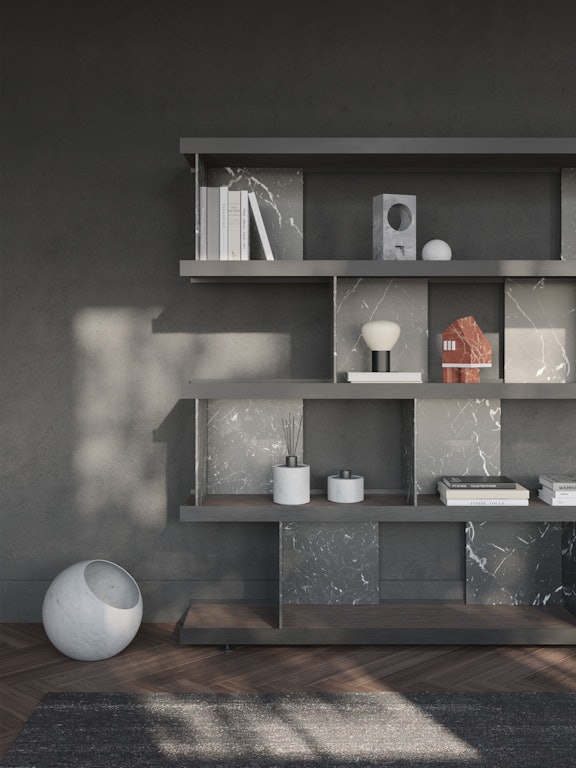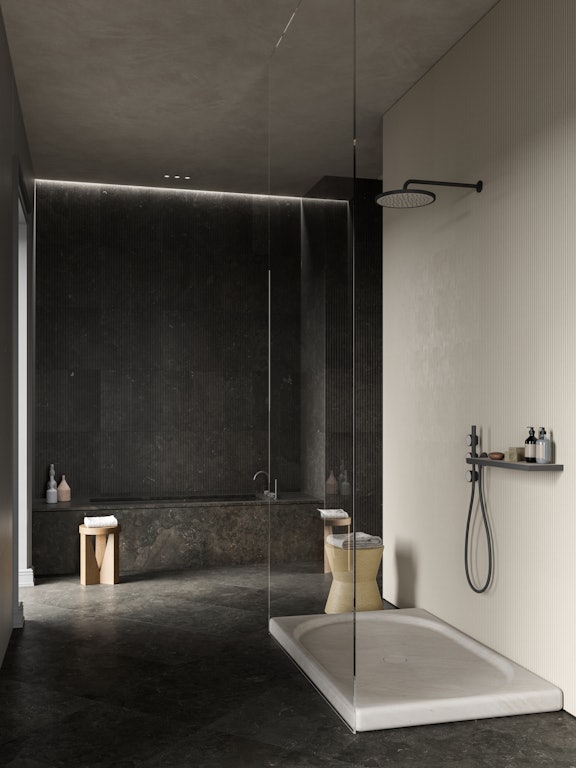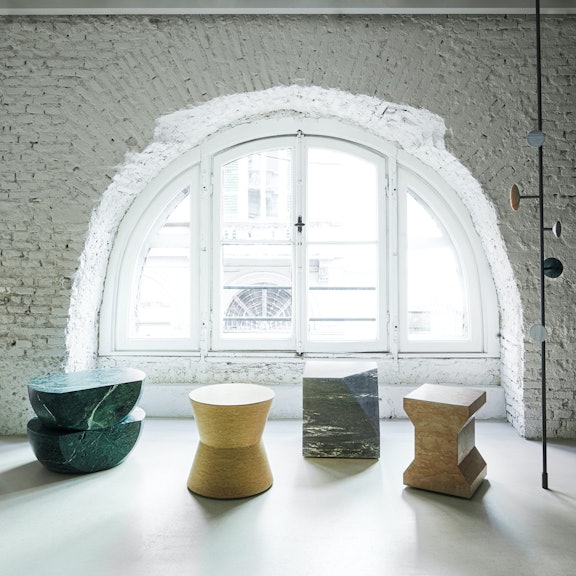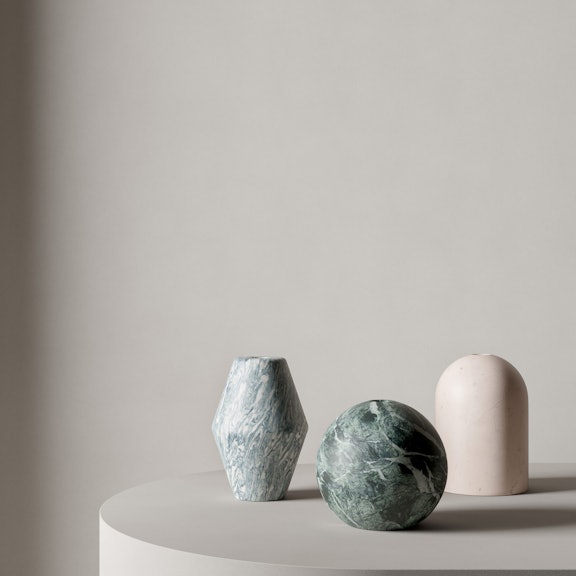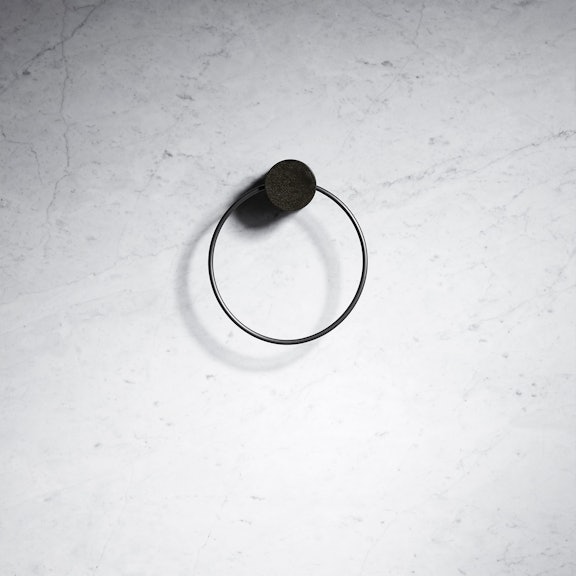5 tips for introducing organic modern interior design to your home
07.2023
It is becoming increasingly important that our home transmits warmth and serenity and makes us feel at one with nature. Here are 5 décor ideas to help us achieve this
Transform your home decor through organic design and Salvatori accessories
In an era in which we are all more aware of the importance of sustainability and maintaining an accord with nature, organic design is an ideal solution if you want to create décors that are both pleasing to the eye and in harmony with the surrounding environment.
In this article, we’ve put together five suggestions to help you incorporate an organic modern interior design approach into your home, using the natural materials and organic shapes Salvatori has long been renowned for.
.jpg?fp-x=0.5&fp-y=0.5&auto=format&w=720&h=960&fm=jpeg&q=70&fit=crop)
Create a modern organic décor by thinking about the small details
As we so often say, it’s the details that make the difference, and this holds particularly true when talking about organic design.
Whether it’s a subtle texture or decorative objects, by choosing natural materials and high-quality products where you can see the attention to care, it’s all about choosing solutions that add interest and break up the monotony without dominating the aesthetic.
Perfect examples of how to do this include our Spaghetti texture with its gentle undulations or the rough-hewn effect of our Raw finish, both of which lend a three-dimensional sense of depth to a wall. Alternatively, we can look at Lost Stones, where the contrast between the natural veining and golden seams showcases the organic patterns of the natural stone to create a striking, sophisticated look.
Moving on to decorative objects, we are spoilt for choice. The delicate bowls of Piero Lissoni’s Japanese Collection and the sinuous sculptures of Elisa Ossino’s Omaggio a Morandi collection are just two of many examples of elements that can be placed on a bookcase or other surfaces as part of an organic modern living room, entranceway or even a bedroom.
.jpg?fp-x=0.5&fp-y=0.5&auto=format&w=720&h=960&fm=jpeg&q=70&fit=crop)
Opt for minimalist forms
If you choose an organic modern style, one of the key aspects you need to embrace is that of minimalist forms.
With organic design, the maxim is “less is more”, with simplicity being the key word. The idea is to focus on linear designs, simple shapes and unfussy, unadorned solutions so that that natural elements can be better appreciated.
These are the very principles that guide Salvatori’s products, as our philosophy is based on understated luxury and we believe that natural stone is already incredibly beautiful, so requires little in the way of embellishment.
For example, our Adda modular drawers pair a plain honed top in stone with front facings in wood, based on simple rectangles with sharp, clean lines, for a look that is minimalist and elegant yet also warm.
The bathroom is a room where minimalist pieces make even more of an impact. Here the approach should be to focus on washbasins and bathtubs in neutral or muted colours and basic geometric forms. The Balnea collection is the perfect example, with both items available in a choice of oval and round, while the Oyster bathtub is your classic rectangular with clean, precise lines.
The result is a calm, soothing atmosphere based on the beauty of nature and all its fascinating imperfections.
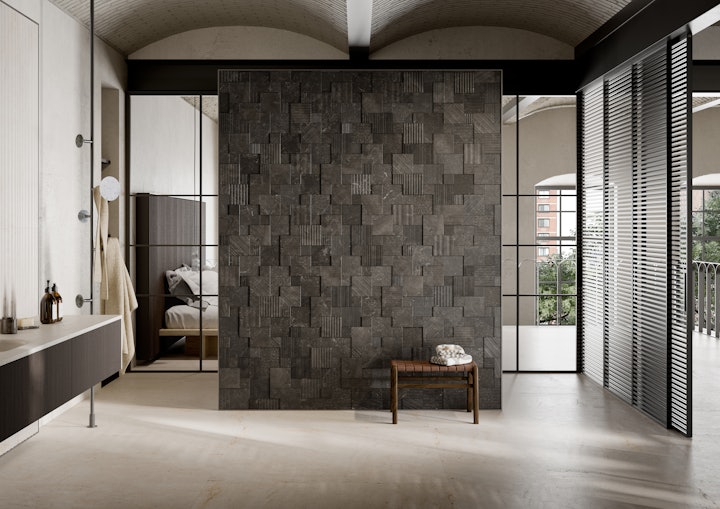
Use pale and neutral colours
The choice of the right colour palette plays a crucial role, with muted and neutral shades such as white, grey and earthy tones helping to transport the serenity of nature to interior spaces.
Look no further than the wonders of natural stone, with Bianco Carrara and Grigio Versilia marble and Pietra d’Avola limestone fitting the bill to perfection. From cool classic white to striking dark grey and a lovely rich dark brown, each of these is elegant and totally unique.
These types of colours are the basis of a modern organic décor and ensure you achieve a result that is calm, welcoming and in harmony with nature, without compromising on a contemporary, luxury style.
It’s important to note that using pale or neutral colours doesn’t mean ending up with a bland, characterless décor, because this is where texture and lighting come into play by adding visual interest. The Silo pendant ceiling lamp is a sure winner, as are textures such as Patchwork, which make for fascinating feature walls.
.jpg?fp-x=0.5&fp-y=0.5&auto=format&w=720&h=540&fm=jpeg&q=70&fit=crop)
Choose an open floor plan layout
Another key principle of organic design is open plan living, which as its name suggests, opens up spaces and as such, optimises the available natural light.
This layout is ideal for connecting exterior and interior spaces in a continuous fashion, while also amplifying the sense of spacious indoors through an uninterrupted flow from one zone to another.
This perception of openness can be enhanced by using the same flooring throughout the entire space, such as Stone Parquet across the living area, kitchen and dining zone. Available in a selection of different coloured natural stones, its hardwearing properties and elegant aesthetic make it versatile and suitable for all areas.
On the other hand when it comes to an open floor plan, you also want to avoid the feeling of a single vast space which can feel unwelcoming. This is where furniture and accessories should be used to subtly delineate the various zones and functions. A kitchen island is one of the most popular solutions, and by introducing a decorative touch such as Spaghetti texture in Crema d’Orcia, it is not only functional, but also becomes a stylish visual division between the kitchen and living or dining area.
Another solution is to create focal points that act as dividers in an open plan layout, using distinctive finishes such as Romboo to create feature walls.
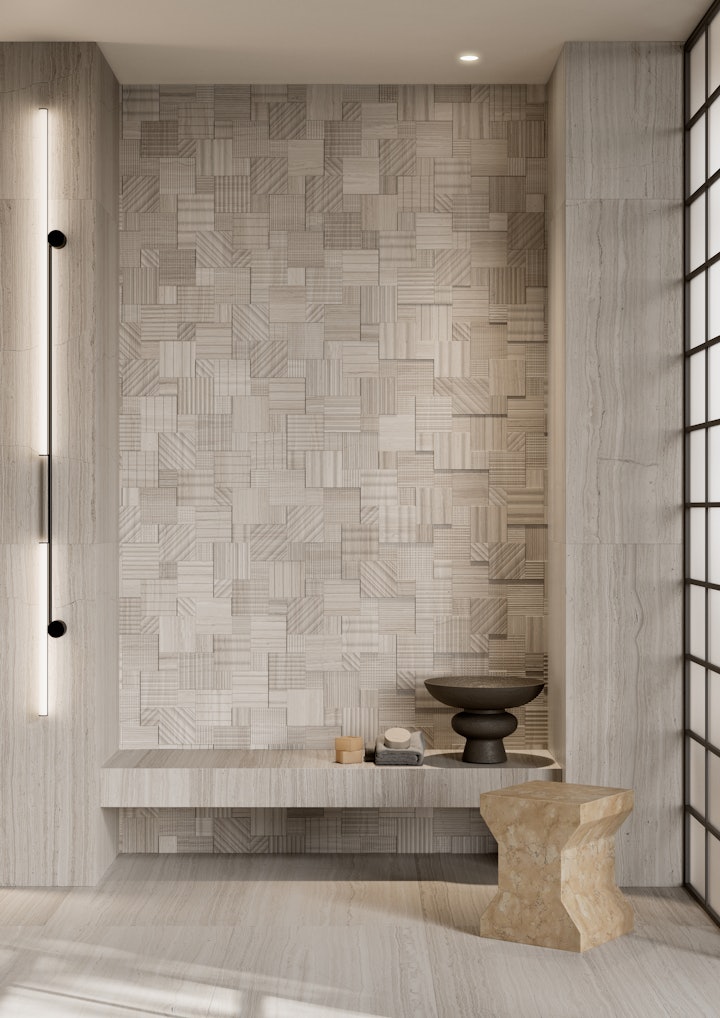
Choose simple, natural materials
Finally, the last but no less important principle of organic design is to use simple, natural materials. Natural stone obviously springs to mind, not only because it is long-lasting and hardwearing, but also because its timeless beauty never fails to bring a touch of elegance and authenticity to a décor. With its organic patterns formed over the millennia, traces of fossils and quartz, and its so-called imperfections, every single block, slab and piece tells a story.
Another aspect that makes it a dream element in a designer’s armoury is its capacity to create striking effects by playing with motifs and colours, yet without losing the sober, minimalist look and feel.
So for example, combining Crema d’Orcia Stone Tatami with a border in honed dark Pietra d’Avola you have an understated Oriental-style finish. Alternatively, you can pair stone with other natural materials such as wood, opening up the array of possibilities yet still respecting the harmony and simplicity that are key to organic design.
One last word on the subject of natural materials, and that word is sustainability. With the use of these precious resources comes a responsibility to use them wisely, and tiles made from offcuts, such as Patchwork and Lithoverde®, are a great example of how great design does not need to come at the cost of the environment.
In conclusion, organic design enables us all to create a stylish home environment that channels the serenity and beauty of nature. The key elements to respect are minimalist forms, muted neutral colours, natural materials and open plan layouts, all aspects that are very much part of the Salvatori approach to design. Combining innovative technology and techniques with artisanal skill and tradition, we are committed to helping you create elegant décors that respect nature.
.jpg?ar=3:2&fp-x=0.5&fp-y=0.5&auto=format&w=1439&h=959&fm=jpeg&q=70&fit=crop)
